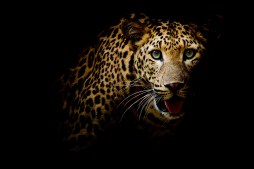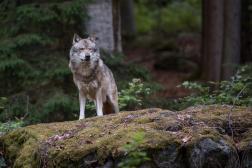Understanding the Science Behind Reintroducing Captive-Bred Animals to the Wild

Reintroducing captive-bred animals into their natural habitats is a critical conservation strategy aimed at restoring endangered species and maintaining biodiversity. This process involves much more than simply releasing animals back into the wild; it requires careful planning, scientific research, and ongoing monitoring to ensure success.
The Importance of Captive Breeding Programs
Captive breeding programs serve as a safeguard against extinction by maintaining populations of endangered species in controlled environments. These programs help increase population numbers, preserve genetic diversity, and provide individuals that can potentially be reintroduced into their natural habitats when conditions are favorable.
Assessing Habitat Suitability and Threats
Before reintroduction, scientists thoroughly assess the suitability of release sites. This includes evaluating factors such as availability of food resources, presence of predators or competitors, disease risks, and human disturbances. Mitigating threats ensures that captive-bred animals have a better chance of survival once released.
Preparing Animals for Survival in the Wild
Animals bred in captivity often lack essential survival skills like foraging, predator avoidance, and social behaviors needed in the wild. To bridge this gap, conservationists employ techniques such as environmental enrichment and pre-release training to simulate natural conditions and encourage instinctual behaviors.
Genetic Considerations in Reintroduction
Maintaining genetic diversity is crucial to prevent inbreeding depression and enhance adaptability. Scientists carefully select breeding pairs to maximize variation within captive populations. Genetic assessments also guide which individuals are best suited for reintroduction based on compatibility with wild populations.
Monitoring Post-Release Success
After release, continuous monitoring using GPS tracking collars or field observations helps evaluate animal movements, survival rates, reproduction success, and integration with wild counterparts. Data collected informs adaptive management strategies to improve future reintroduction efforts.
The science behind reintroducing captive-bred animals is complex yet essential for effective wildlife conservation. By combining rigorous scientific methods with compassionate stewardship, we can help restore threatened species to their rightful places in nature.
This text was generated using a large language model, and select text has been reviewed and moderated for purposes such as readability.











